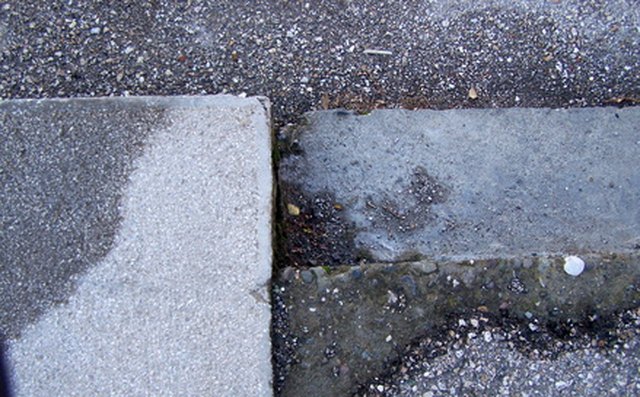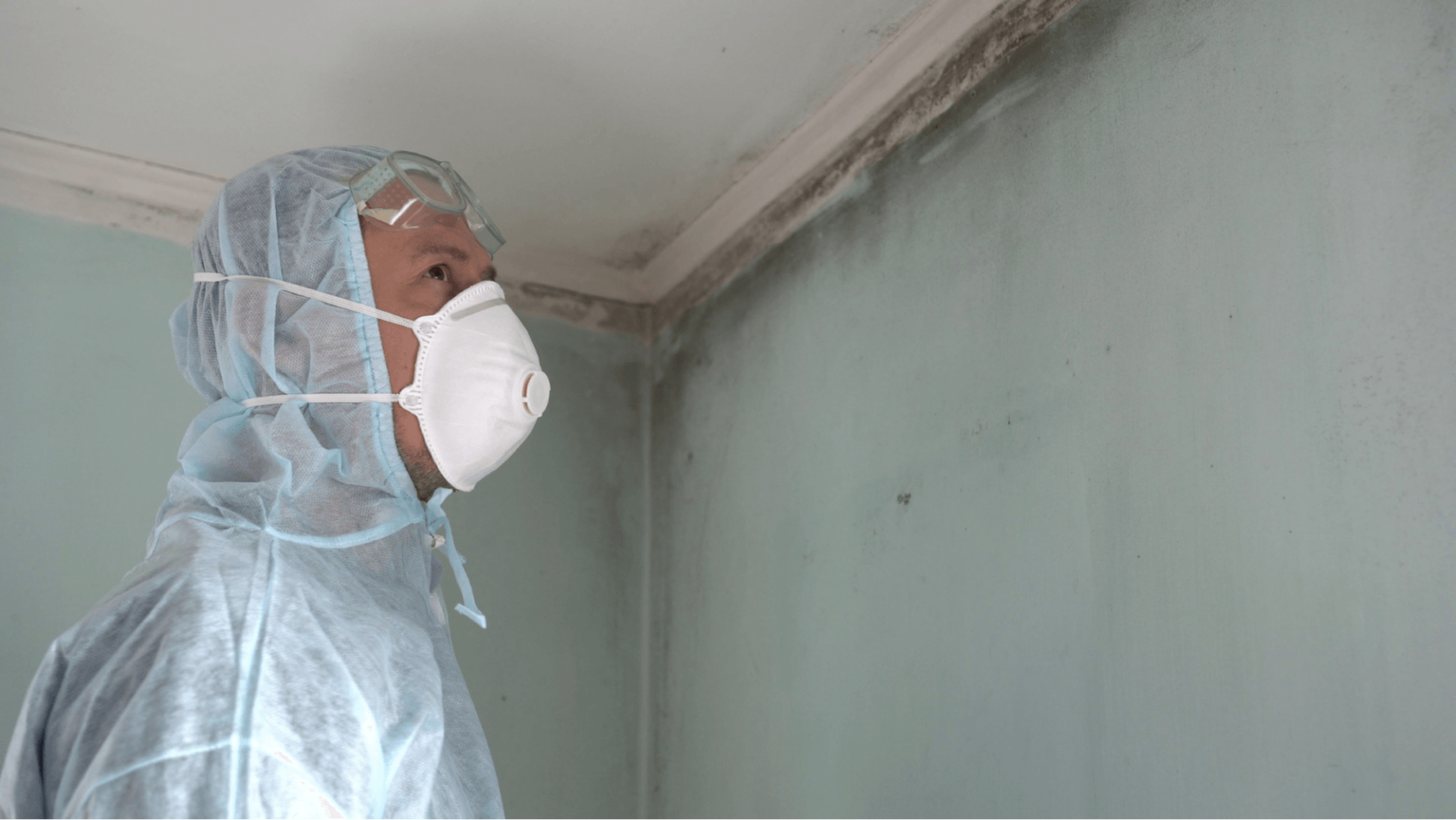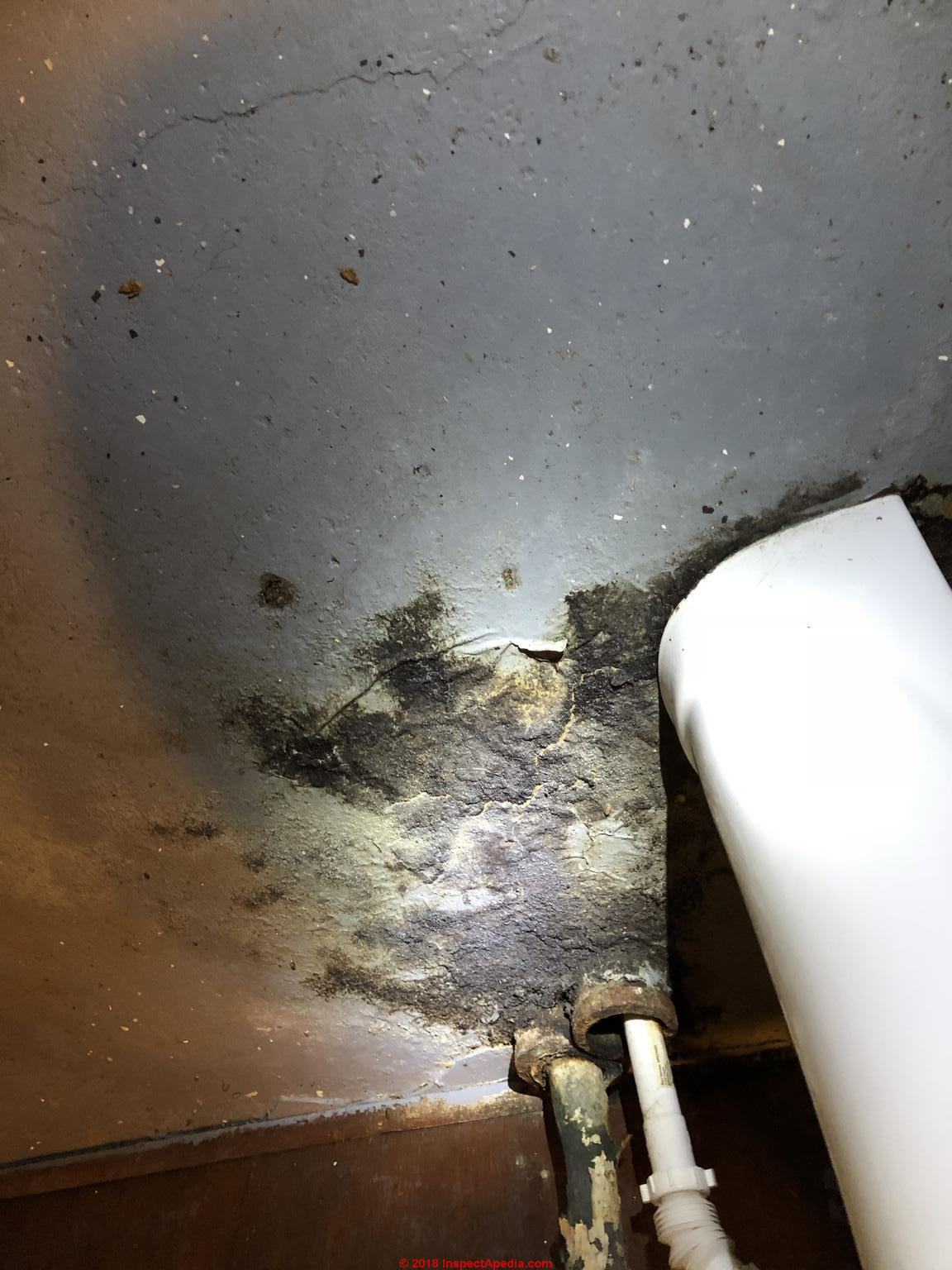How can you detect hidden mold in your home?
Table of Content
This includes people who are exposed to large amounts of mold at work such as, agricultural workers and building demolition workers. People who have had or are undergoing certain medical procedures, such as bone marrow or organ transplants and chemotherapy, are also at risk. Health symptoms usually disappear after the mold has been removed. Exposure to mold can cause or worsen asthma symptoms and allergies, such as hay fever. People who are allergic or sensitive to mold may experience congestion, runny nose, coughing and trouble breathing. Professional inspection and testing can tell you definitively if you have this fungus in your home.

While some people may not be affected at all, others who are especially sensitive may experience symptoms such as itchy eyes, wheezing, or a runny nose. People with asthma or allergies will feel the most severe reactions to mold and mildew. There are more than 150 different types of mould in Australian homes. Mould can take numerous forms, from a stain or discolouration in the walls to a gentle carpet fuzz. Mould can also grow in numerous places, which can make it difficult to detect and remove. Environments with mould growth can be smelly or musty, and are known to adversely affect people with asthma or allergies.
Other places in the kitchen
Vent clothes dryers to the outside and clean lint filters according to the manufacturers instructions. Here, the best at-home mold tests, that are both easy to use and effective. You can try spending some days away from your house and see how this affects you. If you feel better away from home and start feeling sick again once you return, you might have mold. Roof leaks are often not discovered for a while after they start.
If you have a mold problem in your home, odds are you will smell it first. If you have an earthy or musty odor in your home, theres a good chance you have mold. Occasionally you may see discolored smudges and/or blotches that look like mold and sometimes youll even see mold. Sometimes you can visibly see or smell mold growing, but other times it is more difficult to detect.
What Should You Do If You Breathe In Mold
Wooden cutting boards, trash cans, behind the stove and windows and window sills in the kitchen are like heaven for mold spores. They feed off of these places, so keeping them clean and dry is critical for keeping mold at bay. These food-centric places of your kitchen see a lot of food spillage and grease splatters — two things mold loves to call home. Not only is keeping these things clean and dry important for having a clean home but it’s also an easy way to prevent mold. Surface mould is often the tip of the iceberg, and an indoor air quality check is also needed to ensure a healthy home.
Fortunately, detecting mold isn’t difficult, but it can be a little time-consuming. While mold and mildew are both fungi that need water, oxygen, and food in order to live and survive, they differ in a number of ways. Mold tends to have a higher profile and can even become fuzzy, while mildew is usually flat. Mold exhibits darker colors such as deep green and black; mildew may begin as white, then turn brown or gray. If you suspect that mold might be an issue in your home, your next step is to reach out to a qualified professional who can help you clean up the mess.
How Can You Kill Mold
While wallpaper may discolor or wear out over time, wallpaper peeling is not normal. If the wallpaper bubbles or cracks, this indicates the presence of moisture on the walls. The best way to prevent that moisture on interior walls is to stop the outdoor temperature from meeting your indoor air. You can do this by adding insulation in your walls that acts as an air barrier. The company you choose for the inspection should offer a comprehensive mold inspection that you pay for, not hand over a price without truly investigating the problem. Your inspector should define the extent of the necessary work and what may or may not need to be done.
Water stains on walls and ceilings can be an indicator of mold growth if the yellowish color turns darker. Most mold is unmistakable, but sometimes small or largely hidden growths just make a surface look dirty. A quick test for mold can be done when you dip a swab in diluted bleach and dab it on the wall. Mold test kits are available that detect the presence and identify the type of mold, but they won't help determine the cause or what to do about it. A mold inspection is also recommended if you notice a strong musty smell. “People with asthma, allergies, lung problems and immune-system dysfunction are usually more inclined to experience problems when they’re exposed to mold,” he said.
How Can I Check For Mold
If you suspect that mold spores are polluting your indoor air quality or making you sick, testing your environment should be at the top of your to-do list. Professional mold testing by qualified and experienced professionals is recommended. Depending on the severity of your black mold infestation, you can either clean it yourself or hire a professional.

To keep mold from growing in your cooling or heating systems, you can have a specialist check them regularly. Another indication of mold in the house is dark grout between bathroom tiles. A sample sent for testing will let you know whether or not your shower is harmless. Often there are visible signs of mold growth, mostly on ceilings and in corners – but look everywhere. Do a search on the internet for images of mold and print them out if you’re not familiar with how mold appears. Molds have a blossom-like appearance, like tiny balls of cotton.
Mould can use multiple building materials, and even personal belongings, as food, including insulation, wood, clothing, and stored books and other items. Mould can grow when its exposed to moisture, so its important to eliminate plumbing leaks or storm damage as soon as they occur. There are countless species of mold, some of which are more harmful than others.

One 2017 study found mold in every public building studied, with an average of about 14 instances of mold per building. To make sure the job is done right, we recommend you hire a professional to conduct the testing. Its very easy to get incorrect results if you dont do the testing properly.
Lee has over two decades of hands-on experience remodeling, fixing, and improving homes, and has been providing home improvement advice for over 13 years. If possible, Hayes-Raitt said that one of the best ways to determine if the sickness you feel is related to the house or not is to leave for a few days and then return home. If you feel those same symptoms coming on again, it might be the result of something more than a cold or virus.

However, if you suspect that you have been exposed to toxic molds, your doctor can run a few tests. A blood test can help to determine if youve been poisoned by checking biotoxins in your blood . Its also important to understand that simply because its called toxic mold, it doesnt mean its toxic to you. As we mentioned above, molds that produce mycotoxins can affect some individuals, while others wont be affected.
Comments
Post a Comment